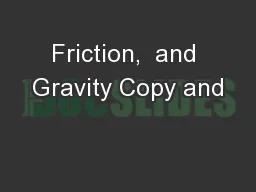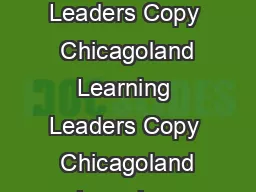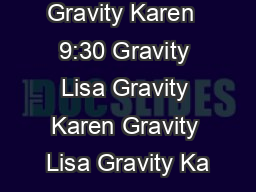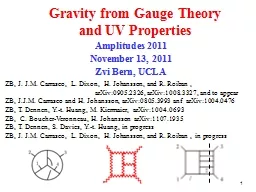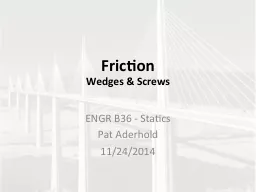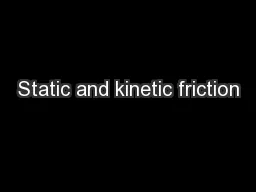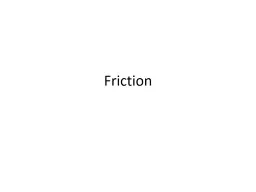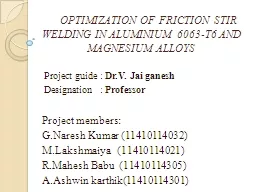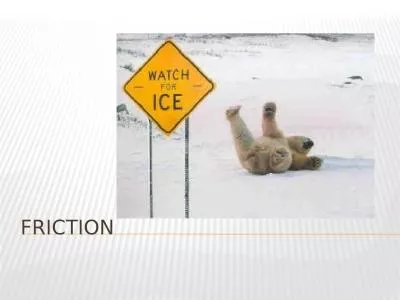PPT-Friction, and Gravity Copy and
Author : min-jolicoeur | Published Date : 2018-11-05
A nswer 9716 A hikers velocity begins at 18 ms uphill and changes to 15 ms uphill How do you know that the hiker has a negative acceleration 4 Types of Friction
Presentation Embed Code
Download Presentation
Download Presentation The PPT/PDF document "Friction, and Gravity Copy and" is the property of its rightful owner. Permission is granted to download and print the materials on this website for personal, non-commercial use only, and to display it on your personal computer provided you do not modify the materials and that you retain all copyright notices contained in the materials. By downloading content from our website, you accept the terms of this agreement.
Friction, and Gravity Copy and: Transcript
Download Rules Of Document
"Friction, and Gravity Copy and"The content belongs to its owner. You may download and print it for personal use, without modification, and keep all copyright notices. By downloading, you agree to these terms.
Related Documents

